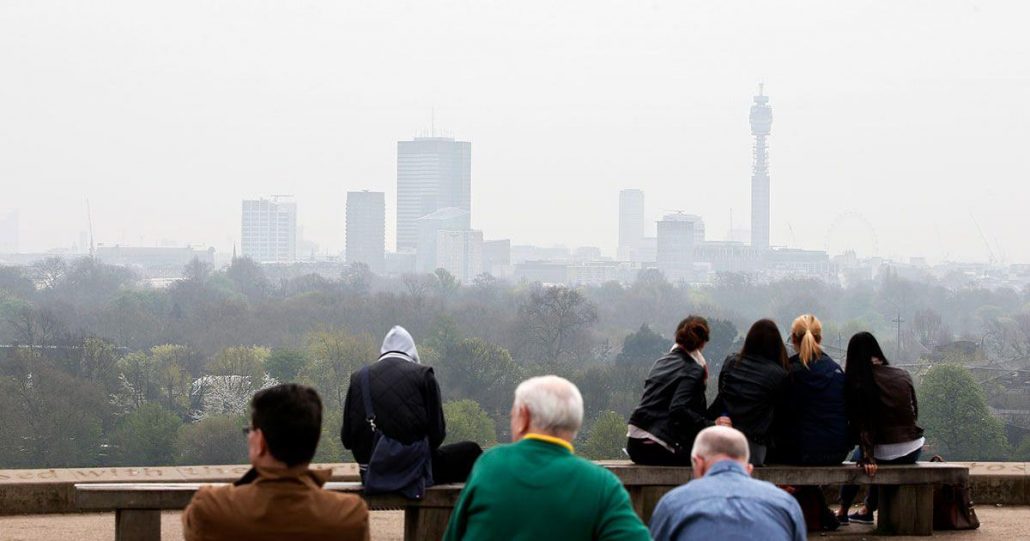
Air Pollution’s Ongoing Health Impact
Air pollution remains the leading environmental health threat to Europeans, contributing to chronic illnesses and approximately 240,000 premature deaths annually. While improvements have been noted, particularly in reducing deaths from fine particulate matter (PM2.5), Europeans are still exposed to air pollutant levels well above WHO-recommended limits. In 2022, fine particulate matter was responsible for 239,000 deaths, nitrogen dioxide (NO2) led to 48,000 deaths, and ozone (O3) was linked to 70,000 deaths. Long-term exposure to these pollutants continues to be a significant public health challenge.
New Air Quality Directive: Striving for Cleaner Air
The European Union’s revised Air Quality Directive, which came into force recently, sets a 2030 target to align air quality standards with WHO recommendations. The directive also mandates the monitoring of additional pollutants such as ultrafine particles, black carbon, and ammonia. However, achieving the proposed health benefits will require more than just legislative changes—it demands stronger enforcement and a concerted effort to reduce emissions further.
Pollution’s Impact on Ecosystems and Agriculture
Beyond human health, air pollution severely impacts Europe’s ecosystems, with 73% of EU ecosystems exposed to nitrogen pollution exceeding critical thresholds. This nitrogen excess alters plant species composition and ecosystem health. Additionally, around one-third of Europe’s agricultural lands suffer from high ozone levels, leading to crop damage and significant economic losses, estimated at €2 billion. The EU’s zero-pollution action plan is on track for fine particulate matter, but it is falling behind on addressing nitrogen pollution. The target to reduce nitrogen pollution by 25% by 2030 seems increasingly difficult to meet.
Progress and Challenges
While the EEA’s data shows that emissions of sulfur dioxide (SO2) have significantly decreased, contributing to the alleviation of acidification, the overall reduction in nitrogen emissions and ozone pollution has been slower. Achieving cleaner air across Europe, as envisioned by the new EU legislation, will require overcoming political, industrial, and societal barriers. Despite these hurdles, the new directive provides a framework to gradually reduce air pollution’s health and environmental impacts.







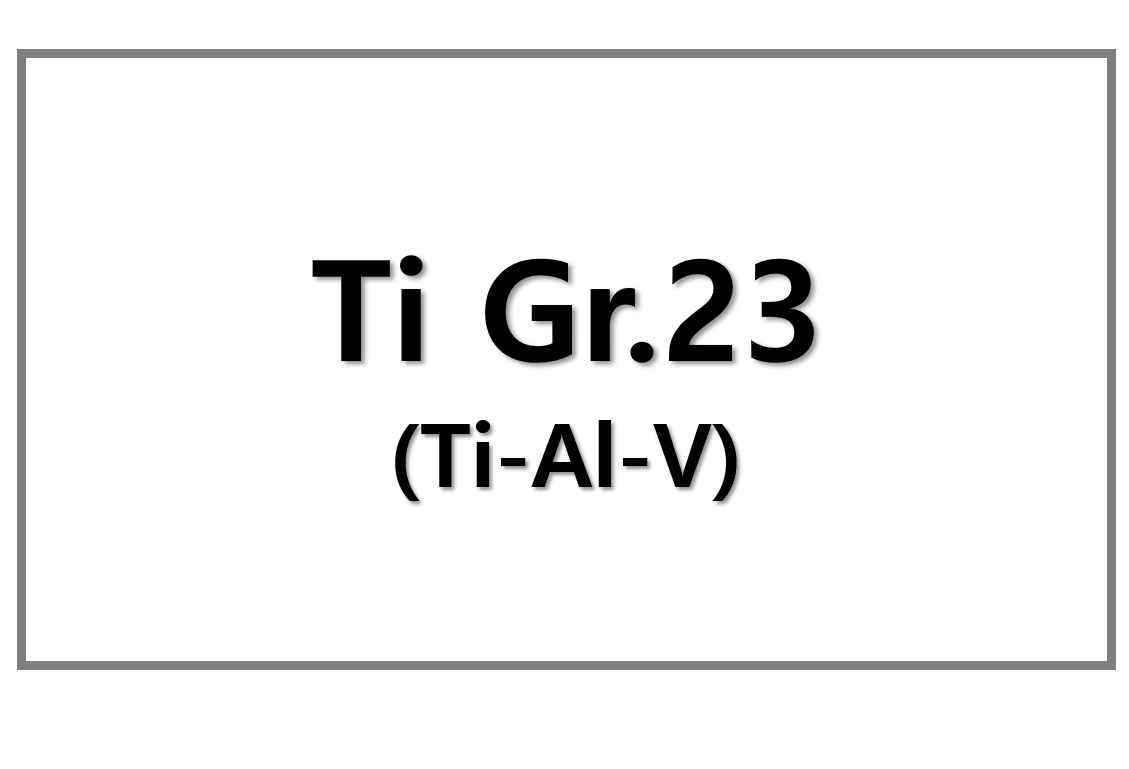
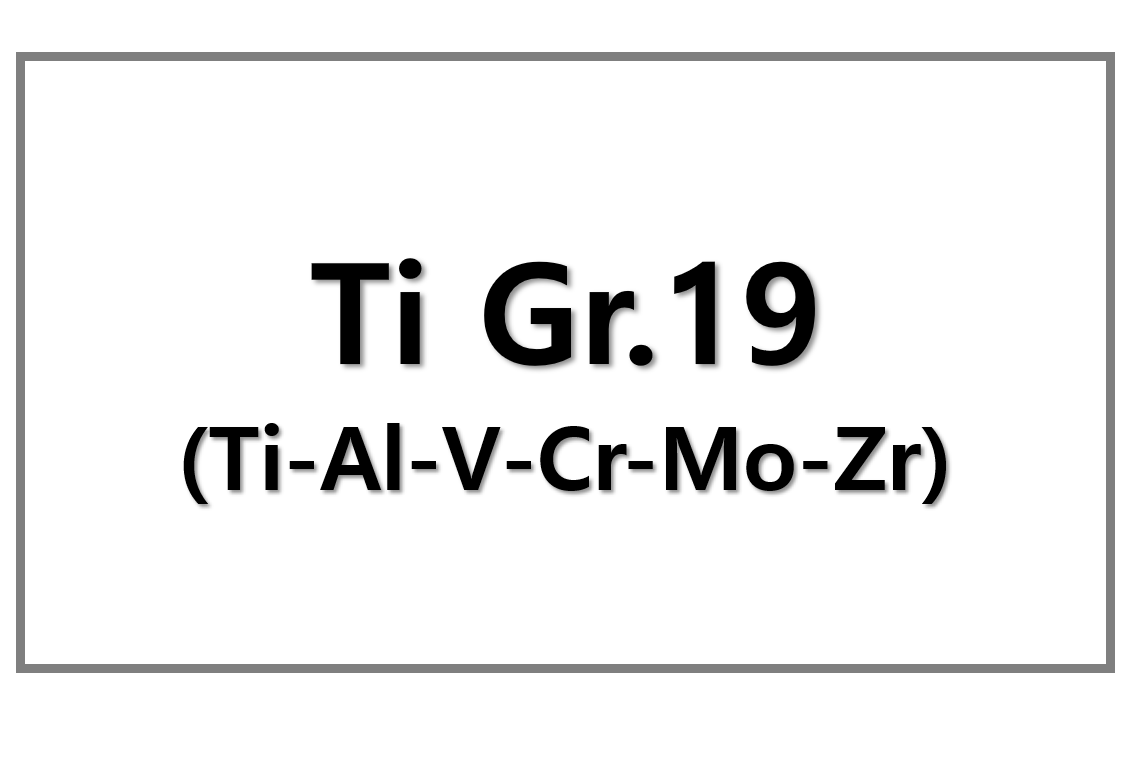
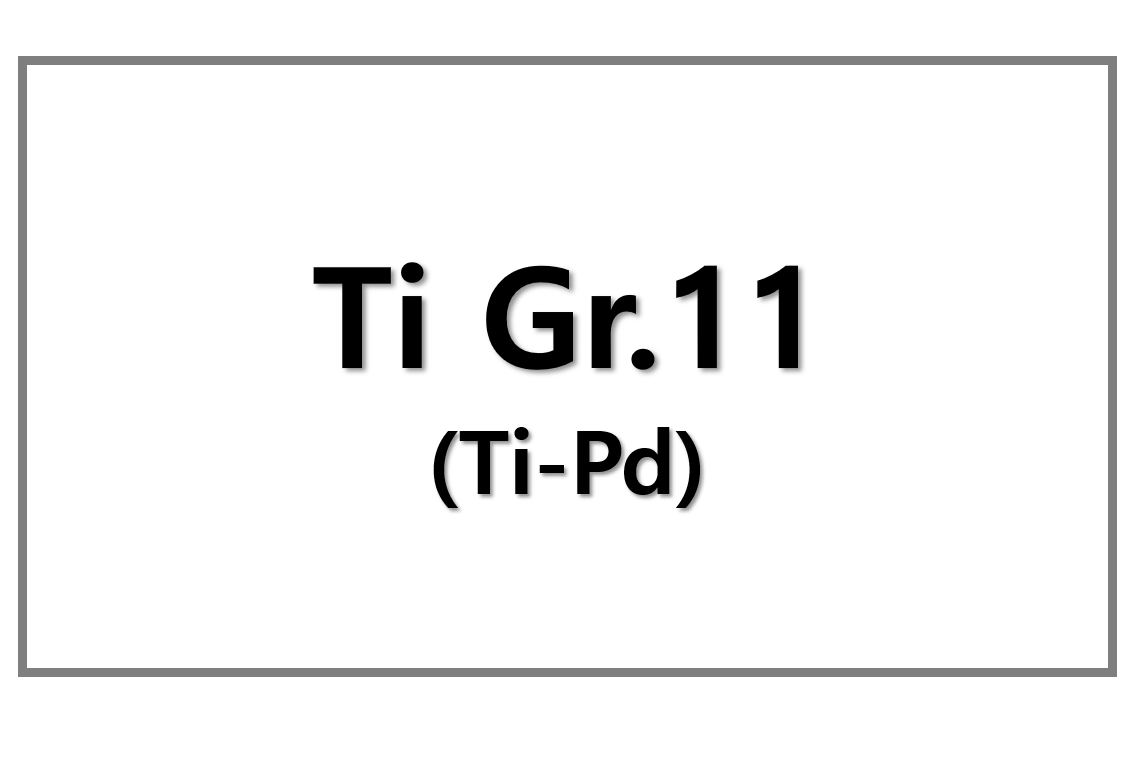
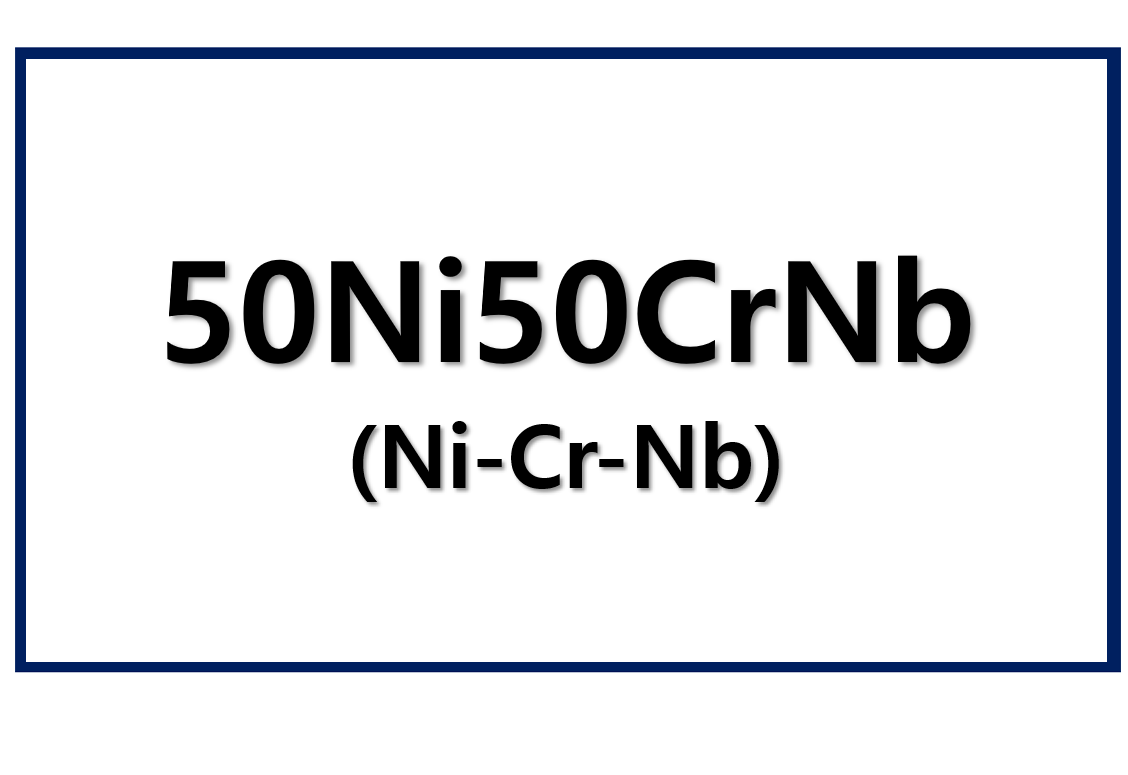
Leave a Reply
You must be logged in to post a comment.